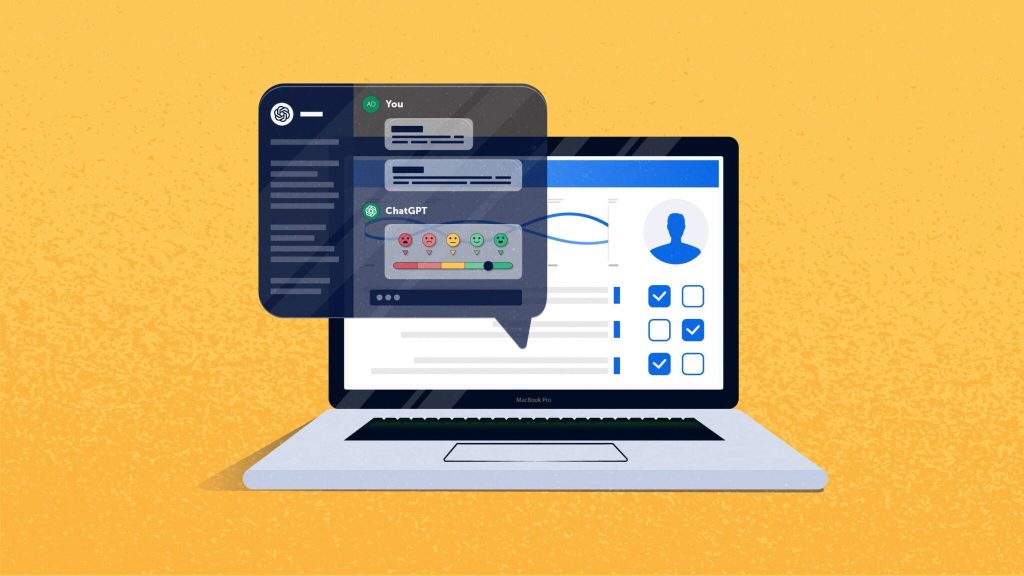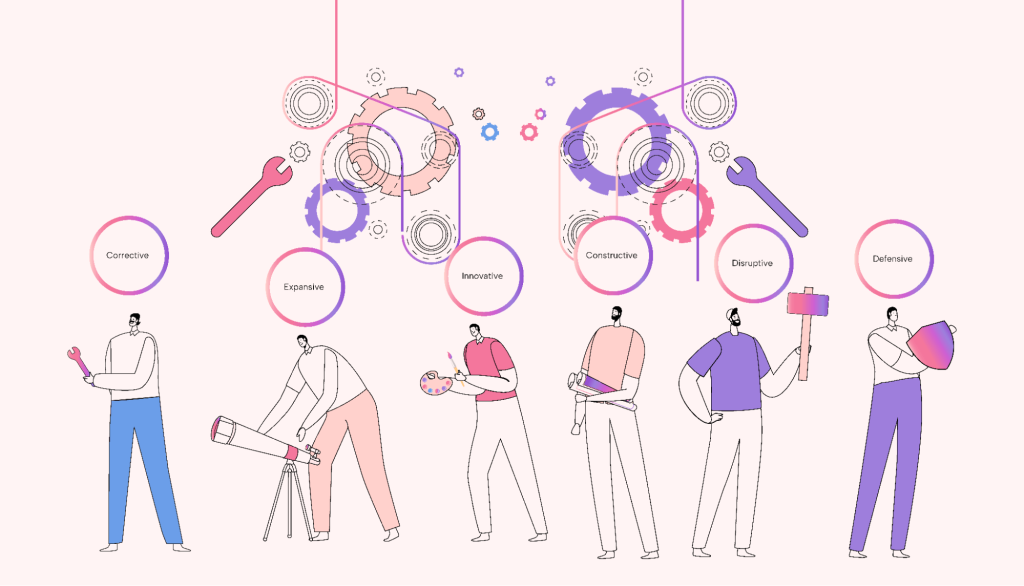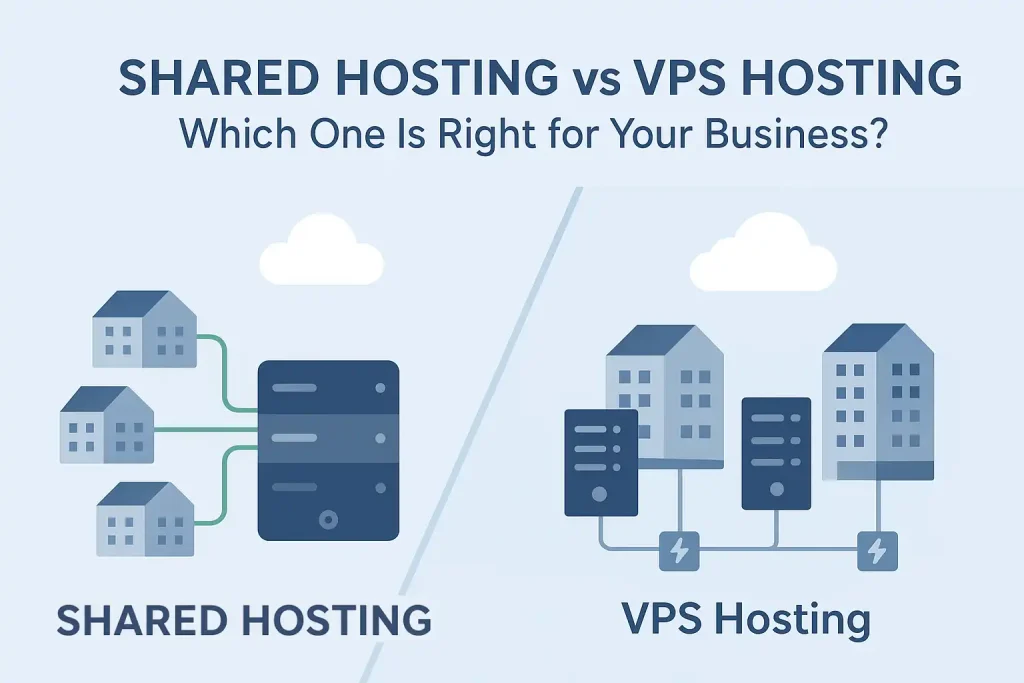The project execution phase is where strategic planning turns into real action. It’s the stage in the project lifecycle where all the documented plans, schedules, and strategies begin to materialize through coordinated efforts. While planning sets the direction, execution is what determines whether a project succeeds or fails. This phase involves managing teams, allocating resources, tracking progress, resolving issues, and maintaining communication with all stakeholders.
A well-managed project execution phase ensures that the project stays on time, within budget, and meets its scope and quality requirements. However, it’s also the most dynamic and complex part of any project, often challenged by unforeseen changes, miscommunication, or inefficient workflows. That’s why it’s critical to have effective strategies in place to keep the execution phase on track.
In this guide, you’ll learn what project execution truly means, what typically happens during this phase, common execution gaps, and 10 actionable strategies that can drive project success. Whether you’re a project manager, team lead, or stakeholder, these insights will help you strengthen your execution framework for better outcomes.
What is Project Execution?

Project execution is the phase in the project management lifecycle where the actual work begins. It’s the process of putting the project plan into motion and ensuring that all aspects—tasks, resources, timelines, budgets, and team responsibilities—are being carried out according to the plan. This is the stage where the bulk of the project’s budget is spent, deliverables are developed, and the project team’s performance is tested in real time.
During project execution, the project manager leads the team to complete the work defined in the project plan. This includes assigning tasks, managing team collaboration, monitoring progress, addressing risks, handling issues, and ensuring quality standards are met. It’s also the phase where communication with stakeholders becomes critical to maintain transparency and manage expectations.
Unlike the planning phase, which is theoretical and strategy-based, the execution phase is action-driven. It demands flexibility, strong leadership, and proactive management to handle real-world challenges, changes in scope, or unexpected issues. A successful execution phase ensures that the project remains aligned with its objectives and moves steadily toward completion.
What Are Project Execution Gaps

Project execution gaps refer to the disconnects, inefficiencies, or oversights that occur between planning and actual implementation. Even with a detailed project plan in place, execution can falter due to various internal and external challenges. These gaps often lead to delays, cost overruns, reduced quality, or even project failure.
Some common project execution gaps include:
Lack of role clarity: When team members are unsure of their responsibilities, tasks can fall through the cracks or be duplicated.
Poor communication: Miscommunication between team members or stakeholders can lead to misunderstandings and misaligned priorities.
Unrealistic planning: If the initial plan was overly optimistic or didn’t consider potential risks, the execution may face roadblocks that derail progress.
Inadequate resource allocation: Insufficient manpower, budget, or tools can slow down or halt key activities during execution.
Weak risk management: Unpreparedness for changes or unforeseen events can turn manageable issues into project-threatening problems.
Failure to monitor progress: Without tracking tools or regular check-ins, projects can drift off course without being noticed until it’s too late.
Closing these gaps requires a proactive approach—ensuring that plans are realistic, teams are empowered and clear on expectations, tools are in place to monitor progress, and risks are continuously assessed and addressed. By identifying and addressing execution gaps early, project managers can keep execution on track and drive the project toward its intended goals.
What Happens During a Successful Project Execution Phase?

A successful project execution phase brings the project plan to life through coordinated action, team alignment, and diligent management. While the planning phase sets the blueprint, it is during execution that real-world results are delivered. Below are the key activities that typically occur during a well-managed execution phase:
Task Assignment:
Clear task distribution is critical to avoid confusion and ensure accountability. Project managers assign specific roles and responsibilities to team members based on their expertise and availability. Each task is aligned with project milestones and deadlines to keep the project moving efficiently.
Work Implementation:
This is where the core activities of the project take place. Team members begin executing their assigned tasks, whether it’s coding, designing, writing, building, or any other form of deliverable creation. The project manager ensures everyone is following the plan and that interdependent tasks are synchronized.
Progress Tracking:
Regular monitoring of progress is essential to keep the project on schedule. This includes tracking task completion, measuring performance metrics, and comparing actual results against planned timelines and budgets. Tools like Gantt charts, Kanban boards, and dashboards are often used for visibility.
Communication and Collaboration:
Strong internal communication is vital throughout the execution phase. Teams must collaborate closely to share updates, resolve dependencies, and avoid delays. Regular meetings—daily standups, weekly check-ins, or status updates—help maintain alignment and transparency.
Quality Control:
Maintaining the quality of deliverables is just as important as meeting deadlines. Quality assurance processes, peer reviews, and testing protocols are used to ensure that the project output meets predefined standards and stakeholder expectations.
Risk Management:
No project runs perfectly. During execution, new risks often emerge. A successful execution phase includes continuous risk assessment and mitigation planning. The team must be ready to adapt quickly to issues such as delays, budget shifts, or team capacity problems.
Resource Management:
Proper utilization of resources—including human, financial, and material—is necessary to avoid shortages or waste. A successful execution phase ensures that resources are used efficiently and reallocated as needed based on evolving project needs.
Stakeholder Engagement:
Frequent updates to stakeholders ensure that expectations remain aligned and that any changes in direction are clearly communicated. This builds trust and allows for timely feedback, helping the project stay relevant and on target.
Change Management:
Changes in scope, technology, or business priorities may require shifts in the execution approach. A well-managed execution phase includes a structured process for reviewing, approving, and implementing changes without disrupting momentum.
Documentation and Reporting:
Ongoing documentation is maintained to record decisions, track progress, and support knowledge sharing. Reporting tools provide real-time updates to both team members and stakeholders, offering insight into project health and performance.
Issue Resolution:
Problems and bottlenecks are inevitable. A good execution plan includes escalation procedures, issue-tracking tools, and predefined workflows for resolving problems quickly and effectively without derailing the entire project.
Continuous Monitoring and Adjustment:
A flexible execution approach allows project managers to make informed decisions based on real-time data. By monitoring KPIs and progress closely, they can adjust timelines, reassign tasks, or shift strategies to ensure the project remains on course.
Each of these activities plays a crucial role in turning plans into outcomes. Together, they create a framework where teams can deliver high-quality work on time and within scope, ensuring overall project success.
10 Project Execution Strategies

Executing a project successfully requires more than simply following a plan—it demands intentional strategies to manage people, processes, tools, and changes. Below are 10 powerful project execution strategies that help ensure smooth operations, timely delivery, and high-quality outcomes.
1. Utilize Project Management Software
One of the most effective ways to improve project execution is by adopting a reliable project management software. These tools serve as the command center for the entire team—offering visibility, accountability, and streamlined coordination.
Software like Corexta, ClickUp, Asana, or Jira enables you to:
Assign tasks with deadlines and priority levels
Monitor real-time progress through dashboards
Automate recurring processes
Centralize documentation and files
Facilitate communication through built-in chat or comment features
With these features in place, project managers can make informed decisions quickly, track timelines more accurately, and reduce the risk of missed deadlines or miscommunication. It also allows for better collaboration among remote or hybrid teams, making execution more agile and efficient.
2. Use Project Planning and Project Execution Templates
Templates act as ready-made frameworks that guide your team through each stage of execution. They help standardize processes, ensure completeness, and reduce time spent on administrative work.
Popular types of templates include:
Task checklists and Gantt charts for scheduling
Risk assessment matrices
Daily or weekly status report templates
Communication plans and stakeholder update formats
Change request forms and approval workflows
By utilizing these templates, you minimize the chances of missing critical steps, ensure consistency across projects, and improve onboarding for new team members. Templates also enhance your ability to scale operations and support repeatable project success.
3. Align on Project Execution Goals
A common reason projects go off course is misalignment—when team members are unclear about the project’s true purpose or the priorities of each phase. Before execution begins, it’s vital to create consensus around key objectives.
Here’s how to align effectively:
Host a project kickoff meeting to clarify scope, goals, and KPIs
Ensure each team member understands their role in achieving the end result
Use visual tools like project roadmaps or objectives trees
Reiterate the project’s “why” in regular meetings to keep focus intact
When everyone on the team is working toward the same clear and measurable goals, execution becomes more cohesive. There’s less rework, fewer misunderstandings, and a greater sense of ownership across the board.
4. Be Innovative
Innovation isn’t just for product development—it’s a crucial driver of success during the project execution phase. Being innovative means applying creative problem-solving, experimenting with new tools or techniques, and adapting workflows to improve productivity or overcome execution challenges.
For example:
Use AI-powered project tools for smarter automation and task prediction
Apply agile or hybrid methodologies for greater flexibility
Streamline repetitive processes with custom integrations or bots
Encouraging innovation within your team allows for faster issue resolution, improved efficiency, and higher-quality outcomes. It also empowers team members to think beyond routine tasks and look for better, smarter ways to execute their responsibilities.
5. Encourage Idea Sharing
Team collaboration thrives when open communication and idea sharing are part of the execution culture. Involving team members in brainstorming or solution-oriented discussions fosters a sense of ownership and uncovers valuable perspectives that a single manager might miss.
Ways to promote idea sharing during execution include:
Regular team huddles or feedback sessions
Open discussion forums or virtual suggestion boards
Retrospective meetings after each milestone
When team members feel their ideas are heard and valued, they are more likely to contribute actively, solve problems collaboratively, and stay motivated throughout the project. This ultimately leads to better execution quality and a more cohesive team dynamic.
6. Delegate Tasks for Project Execution
Effective delegation is fundamental to execution. It’s not just about offloading work—it’s about assigning the right tasks to the right people based on skill, capacity, and responsibility. A common execution pitfall is micromanagement or unclear task distribution, which slows progress and frustrates team members.
Here’s how to delegate effectively:
Match tasks to individual strengths and expertise
Clearly communicate task expectations, deadlines, and deliverables
Empower team members to make decisions within their scope
Monitor progress without interfering—use software to stay informed
Delegation fosters accountability, boosts team confidence, and allows project managers to focus on high-level coordination rather than getting lost in the weeds.
7. Encourage Team Collaboration
Strong team collaboration is essential for successful execution. When team members work together, share knowledge, and support one another, the entire project benefits from faster problem-solving, fewer silos, and stronger morale.
To foster collaboration:
Use shared tools like Google Workspace, Notion, or Corexta for document collaboration and communication
Encourage cross-functional check-ins and paired work on complex tasks
Build a culture of transparency, where progress and challenges are openly discussed
Celebrate wins together, even small milestones, to maintain engagement
Collaboration ensures that no one feels isolated during execution and that the collective intelligence of the team is being leveraged at every stage.
8. Identify Task Dependencies
Task dependencies are the relationships between activities that determine the order in which tasks must be executed. Overlooking these dependencies can result in bottlenecks, missed deadlines, or duplicated efforts.
To manage task dependencies effectively:
Map out dependencies during the planning stage using Gantt charts or dependency trees
Prioritize critical path tasks that directly impact project timelines
Ensure all team members understand how their tasks are connected
Use software tools that visually show dependencies and automatically update timelines when changes occur
By proactively identifying and managing dependencies, you ensure that each phase flows logically and that delays in one area don’t stall the entire project.
9. Track Project Execution Progress
Tracking progress is not a one-time task—it must happen continuously throughout the execution phase. This provides real-time insight into how the project is moving and whether adjustments are needed.
Effective progress tracking involves:
Setting clear KPIs and milestones to measure performance
Using dashboards or burndown charts to visualize task completion
Conducting regular check-ins or stand-up meetings
Updating stakeholders with progress reports at key intervals
Progress tracking not only keeps your team accountable but also allows you to identify early warning signs of scope creep, timeline slips, or resource strain—so you can respond before issues escalate.
10. Review Deliverables with Stakeholders
Stakeholder engagement doesn’t end with planning—it must continue throughout the execution phase. Regular reviews of deliverables ensure alignment, reduce rework, and build trust with clients, sponsors, or other key stakeholders.
Best practices include:
Sharing progress demos or prototypes for feedback
Hosting milestone review meetings or walkthroughs
Keeping an open line of communication for feedback and concerns
Documenting all feedback and outlining how it will be addressed
When stakeholders are involved in deliverable reviews, you reduce the risk of misaligned expectations and gain early buy-in—which is critical for final approvals and long-term satisfaction.
How Project Management Software Helps Project Execution
Project management software plays a vital role in the successful execution of any project, and Corexta stands out as a powerful, all-in-one solution built to streamline the execution phase from start to finish. It provides project managers and teams with the tools they need to collaborate, track progress, and deliver results on time and within budget.
Here’s how Corexta enhances project execution:
1. Centralized Task Management
Corexta allows you to assign tasks, set priorities, and define deadlines—all in one intuitive interface. Every team member knows exactly what needs to be done, by when, and by whom. This clarity reduces confusion and improves accountability during execution.
2. Real-Time Progress Tracking
With Corexta’s real-time dashboards and timeline views, you can track the progress of each task, milestone, and phase. This visibility enables managers to spot delays early, reallocate resources, and make informed decisions to keep the project on track.
3. Seamless Team Collaboration
Corexta promotes team collaboration through built-in communication tools, comment threads, shared documents, and update notifications. Whether your team is in one office or spread across multiple locations, everyone stays aligned and connected.
4. Automated Workflows and Notifications
Automate recurring tasks, approvals, and reminders using Corexta’s workflow features. This eliminates manual follow-ups and ensures that every step of the execution process runs smoothly and on schedule.
5. Resource & Time Tracking
Corexta helps manage and monitor resource allocation, time logs, and workload distribution. You can identify overutilized or underutilized team members and adjust responsibilities accordingly—improving efficiency and preventing burnout.
6. Easy Stakeholder Reporting
Generate customizable reports and share project updates with stakeholders in just a few clicks. Corexta ensures transparency by making it easy to communicate progress, timelines, and changes, building trust throughout the execution phase.
7. Flexibility for Change Management
Execution rarely goes exactly as planned. Corexta’s flexibility allows teams to adapt to changes quickly by updating tasks, shifting priorities, or adjusting dependencies—without losing historical data or disrupting team flow.
8. Enhanced Visibility and Control
From Gantt charts to Kanban boards and performance analytics, Corexta gives you full visibility into every aspect of your project. This level of control helps you spot bottlenecks, eliminate inefficiencies, and deliver high-quality outcomes.
By leveraging Corexta during the execution phase, project teams can operate with more structure, speed, and confidence. It’s not just about staying organized—it’s about achieving excellence in execution. Sign up for Corexta today and start using it with the team at absolutely no cost.









